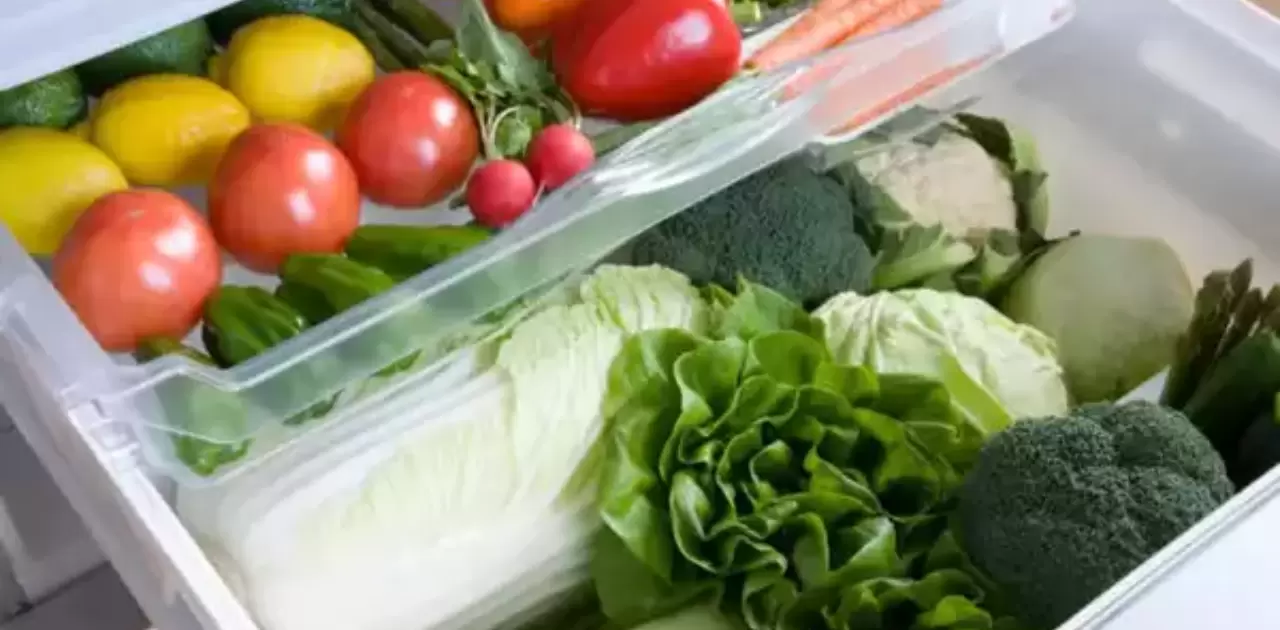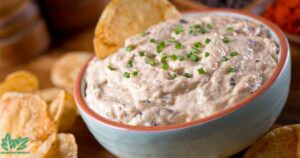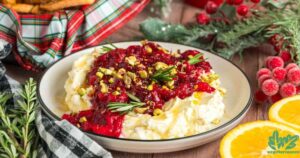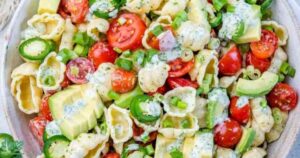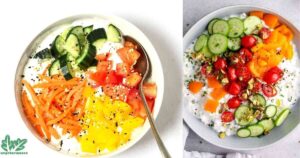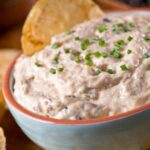Preserving vegetables without refrigeration or freezing is a valuable skill for any gardener or homemaker. It allows you to extend the life of your fresh produce making the most of your garden’s bounty. This guide will introduce you to simple and effective methods for doing just that.
Understand which do not need refrigeration. Root vegetables like potatoes onions and garlic as well as winter squash can be stored in cool dark places. Some like tomatoes and peppers can also be kept on the countertop for up to a week.
Explore preservation methods like canning dehydrating and freeze drying. Canning involves sealing in jars using heat While dehydrating removes moisture to extend shelf life. Freeze drying is an investment but offers long term storage solutions for almost all types of produce.
Vegetables that do not need to be refrigerated
Understanding which do not need refrigeration can help you manage your storage space and keep your produce fresh for longer periods.
Root Vegetables
- Potatoes and Sweet Potatoes: Store in a cool, dark place with a bit of humidity to prevent them from drying out.
- Onions and Garlic: Keep in a well-ventilated, dark area to avoid sprouting and extend shelf life.
Winter Squash
- Types: Varieties like acorn butternut and Sucrine du Berry.
- Storage: These can be kept at room temperature or in a cool dark place with low humidity.
Other Vegetables
- Unwashed Carrots Beets Turnips and Parsnips: Can last a few days on the counter or longer when stored in boxes layered with sand, dry leaves, or sawdust in a cool basement.
- Tomatoes Bell Peppers and Avocados: These can be stored on the countertop and typically last around a week.
These vegetables when stored properly can maintain their freshness and flavor without the need for refrigeration.
Also read this: How Many Days After A Root Canal Can You Eat Solid Food?Also read this:
How to save vegetables without refrigeration
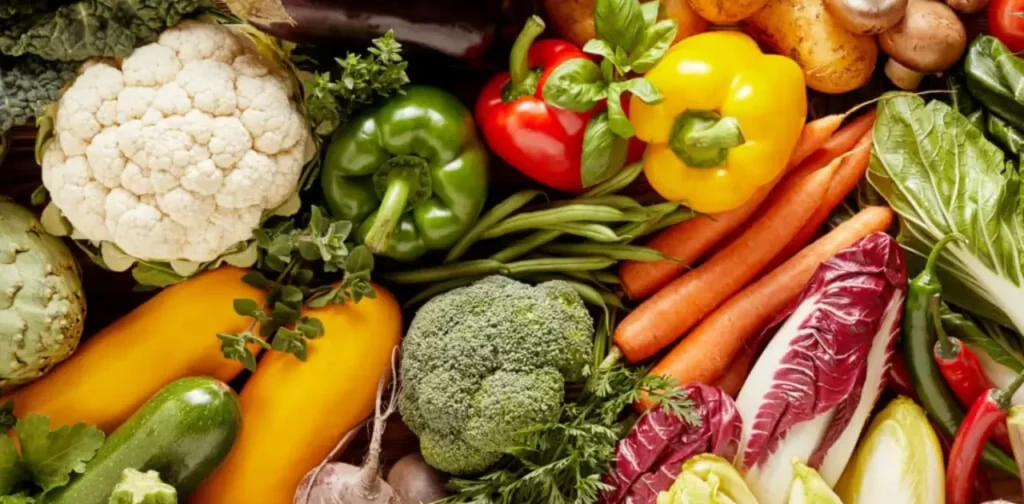
Saving vegetables without refrigeration is simple with a few methods. Canning is a great option using jars and heat to seal vegetables and prevent spoilage. This method can keep your veggies fresh for months.
Dehydration is another effective technique. By removing moisture you can extend the shelf life of many vegetables. Use an electric dehydrator oven or even the sun for this process.
Freeze drying offers long term storage preserving vegetables for years. Though the equipment is costly it is worth the investment for serious preservation. These methods ensure you can enjoy your garden’s produce year-round.
Canning
Canning is a reliable method to preserve vegetables by sealing them in jars using heat. There are two main types:
- Boiling water canning for high acid foods and
- Pressure canning for low acid vegetables.
| Method | Boiling Water Canning | Pressure Canning |
| Suitable For | High-acid foods (pH 4.6 or less) like tomatoes and pickles | Low-acid vegetables (pH above 4.6) like green beans, corn |
| Equipment Needed | Large stockpot with a rack, canning jars, lids, rings | Pressure canner, canning jars, lids, rings |
| Processing Time | Varies based on recipe, typically shorter | Varies based on recipe, generally longer |
| Purpose | Creates an airtight seal using boiling water | Uses high pressure to destroy bacteria and spores |
This process prevents spoilage and extends shelf life for months. Properly canned vegetables can be enjoyed long after harvest.
Pressure Canner recommendations
When choosing a pressure canner consider factors like ease of use and capacity. The Presto Digital Pressure Canner is a top recommendation for beginners, offering digital controls and step-by-step prompts.
It’s versatile allowing for both pressure canning and water bath canning.Another popular option is the All American Pressure Canner known for its durability and reliability. It is a trusted choice among experienced canners with sturdy construction and precise pressure control. Whichever model you choose, ensure it meets your canning needs and provides consistent results for safe food preservation.
How long do home-canned vegetables last?
Home-canned vegetables can last for varying lengths of time depending on storage conditions and the type of vegetables canned. In general properly canned vegetables can last for up to one to two years when stored in a cool dark place. It is essential to check the seal and appearance of canned vegetables before consuming them to ensure they are still safe to eat.
Factors such as the acidity level of the vegetables and the quality of the canning process can also impact shelf life. High acid foods like tomatoes and pickles typically have a shorter shelf life compared to low acid vegetables like green beans or carrots. It is recommended to label canned vegetables with the date of canning to track their freshness and prioritize consuming older batches first.
Regularly inspect canned vegetables for any signs of spoilage such as bulging lids unusual odors or visible mold. If any abnormalities are detected it is best to discard the contents to prevent foodborne illness. By following proper canning techniques and storage guidelines, you can enjoy home-canned vegetables safely and deliciously for an extended period.
How to keep greens fresh without refrigeration
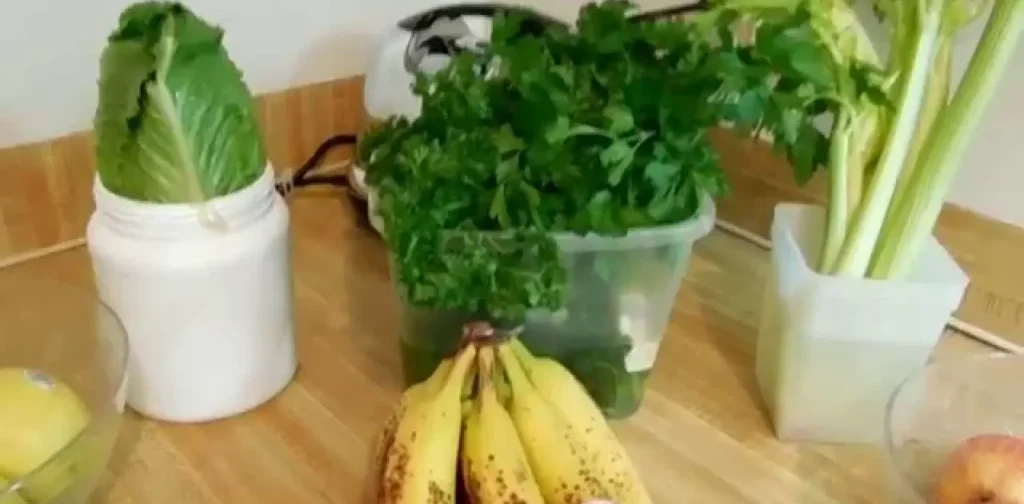
Keeping greens fresh without refrigeration requires alternative preservation methods. One option is to can them using a pressure canner which allows you to safely preserve leafy greens like spinach Swiss chard collard greens and kale. It is important to note that lettuce is not suitable for canning due to its high water content.
Dehydration
Dehydration is a preservation method that involves removing moisture from food items to extend their shelf life. It can be achieved using an electric dehydrator over or even by air drying in a well-ventilated space.
By eliminating moisture dehydration inhibits the growth of mold bacteria and yeast thus preventing spoilage. Dehydrated foods are lightweight compact and retain much of their original flavor and nutritional content.
Electric dehydrator
An electric dehydrator is a convenient appliance used to remove moisture from food items. It typically consists of trays stacked on top of each other with a heating element and a fan to circulate air.
Electric dehydrators allow for precise temperature control ensuring optimal drying conditions. They are popular for their ease of use and ability to produce consistently dehydrated foods.
Standard Oven
A standard oven can also be used for dehydration purposes although it requires careful monitoring. Set the oven to its lowest temperature typically around 130-140°F, and spread the food items on baking sheets in a single layer.
Keep the oven door slightly ajar to allow moisture to escape. While less efficient than dedicated dehydrators ovens can still effectively dehydrate foods with proper attention.
Also read this: How to Freeze Dry Food: Step-by-Step Guide for Beginners
Non-electric Dehydration Methods
Non-electric dehydration methods offer alternatives for preserving food without relying on electrical appliances. One traditional method involves using window screens or mesh trays to dry foods outdoors in the sun.
Another option is to hang food items from racks or strings in a well ventilated area allowing air to circulate and facilitate drying. These methods are simple and require minimal equipment making them accessible to those without access to electric dehydrators or ovens.
How long do dehydrated vegetables last?
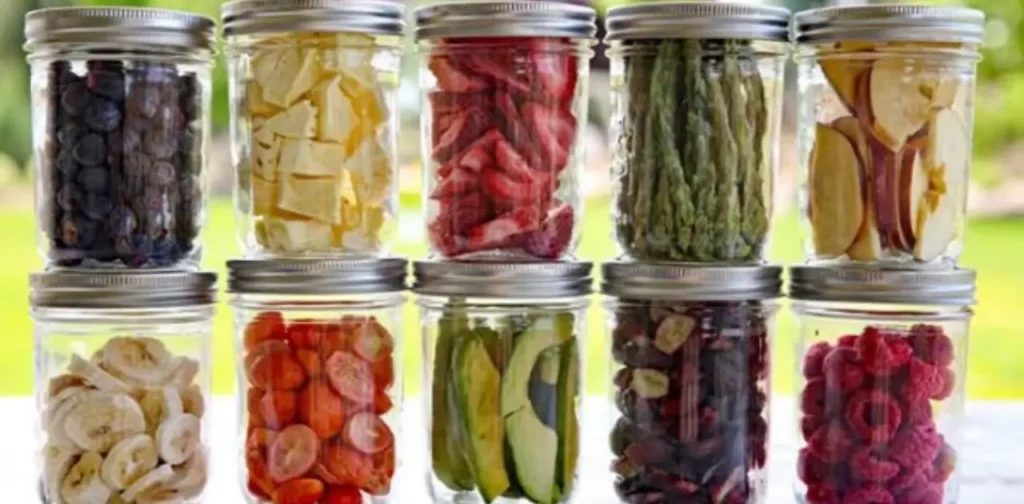
Dehydrated vegetables can last for several months to a year or more when stored properly. The exact shelf life depends on various factors such as the type of vegetable the dehydration process used and storage conditions. Well dehydrated vegetables stored in airtight containers in a cool dark place can maintain their quality for an extended period.
To maximize the shelf life of dehydrated vegetables it is essential to ensure they are completely dry before storage and free from moisture. Properly sealed containers, such as glass jars or vacuum sealed bags help prevent exposure to air and moisture, which can cause spoilage.
Regularly inspect the dehydrated vegetables for any signs of moisture or deterioration and discard any that show signs of spoilage.
Freeze Drying
Freeze drying is a preservation method that involves freezing food items and then removing the ice crystals through a process called sublimation. This results in dried foods with minimal loss of flavor texture and nutritional value.
Freeze drying is highly effective at preserving the original quality of foods and can extend their shelf life for years making it ideal for long term storage.Freeze drying requires specialized equipment such as a freeze dryer which can be costly.
Frequently Asked Questions
How long does canned food last?
Canned food can last for several years if stored in a cool dry place and the seals remain intact.
Can I reuse canning lids?
No, canning lids are designed for one-time use to ensure a proper seal and prevent contamination.
How do I know if canned food is safe to eat?
Check for signs of spoilage such as bulging lids, unusual odors, or visible mold before consuming canned food.
What vegetables can be dehydrated?
Many vegetables can be dehydrated including tomatoes peppers carrots and green beans among others.
How do I rehydrate dehydrated vegetables?
Simply soak dehydrated vegetables in water for a few hours or simmer them in liquid until tender.
What foods can be freeze-dried?
A wide range of foods can be freeze-dried, including fruits, vegetables, meats, and even dairy products.
Is freeze-drying the same as dehydration?
No, freeze-drying involves freezing food and then removing ice crystals through sublimation, whereas dehydration involves removing moisture from food through evaporation.
Conclusion
Learning how to preserve vegetables without refrigeration opens up a world of possibilities for enjoying fresh produce year-round. Whether through canning dehydration or freeze drying there are methods suitable for every skill level and budget.
By mastering these preservation techniques you can reduce food waste save money and enjoy the flavors of your garden or local market long after the harvest season ends.Embracing alternative preservation methods also fosters self-sufficiency and preparedness enabling you to rely less on refrigeration and store-bought produce.
With proper knowledge and practice you can confidently stock your pantry with an array of preserved vegetables ensuring a steady supply of nutritious and flavorful options for your meals.

Ethan Henry with 8 years of expertise in bamboo, excels in sustainable design, construction and product development. His passion for eco-friendly solutions has driven innovative advancements in bamboo-based industries.
